I'm trying to use dynamic heights in a UITableView with a specific cell layout. Consider the following illustrative representation of that layout:
I have the horizontal constraints working properly (15px from both edges, 15px between them, equal widths) but I'm struggling with the vertical constraints. Here are the vertical requirements for this layout:
- The vertical intrinsic content size of both the green and blue rectangles are based on external data which is passed to the cell at the time of creation.
- Both rectangles are vertically centered within their superview
- There will always be a minimum space of 15px between the top/bottom edges of the rectangles and the respective edges on the superview. In other words, whichever one is taller dictates the height of the superview (i.e. the cell)
To that end, here's what I have constraint-wise so far:
- Vertical center constraints for both rectangles
- Height constraints of the rectangles equal to or less than the height of the superview minus 30 (i.e. if the rectangle's height is 40, the superview must be a minimum of 70. This theoretically achieves the same effect as setting separate top and bottom '>= 15' constraints while using two less.)
- Vertical content Hugging on the superview set to 'required' (i.e. 1000)
The third point is because the second points together only define the minimum height for the superview (yellow), but not a maximum. In theory, if it had a height of 10,000 it would still satisfy those constraints.
My thought is setting its content hugging to 'required' would make the superview as short as possible without violating the other constraints, thus at all times, either the green rectangle or the blue rectangle would be 15 px from the edge depending on whichever was taller. However, the height still seems to be 'stretched out' as seen here...
Note: The views on the inside are properly vertically centered and correctly maintain a minimum distance from the top/bottom edges. The problem I'm trying to solve is restricting the height of the superview to be as small as possible.
It doesn't appear that I'm getting any ambiguous constraint messages (I don't see anything in the logs, but I believe I should be because again <= constraints aren't enough on their own, so I'm not sure exactly how to use the tools to debug this, or to find out which constraint is driving the height.
So, can anyone help?
P.S. To ensure it wasn't something external to the cell, like forgetting to configure auto-heights for the UITableView, I removed the two rectangles and replaced them with a simple multi-line label pinned to all four edges. When I ran it with that, the cell properly shrank in size as expected. I bring that up to hopefully stave off answers suggesting that's potentially the problem.




